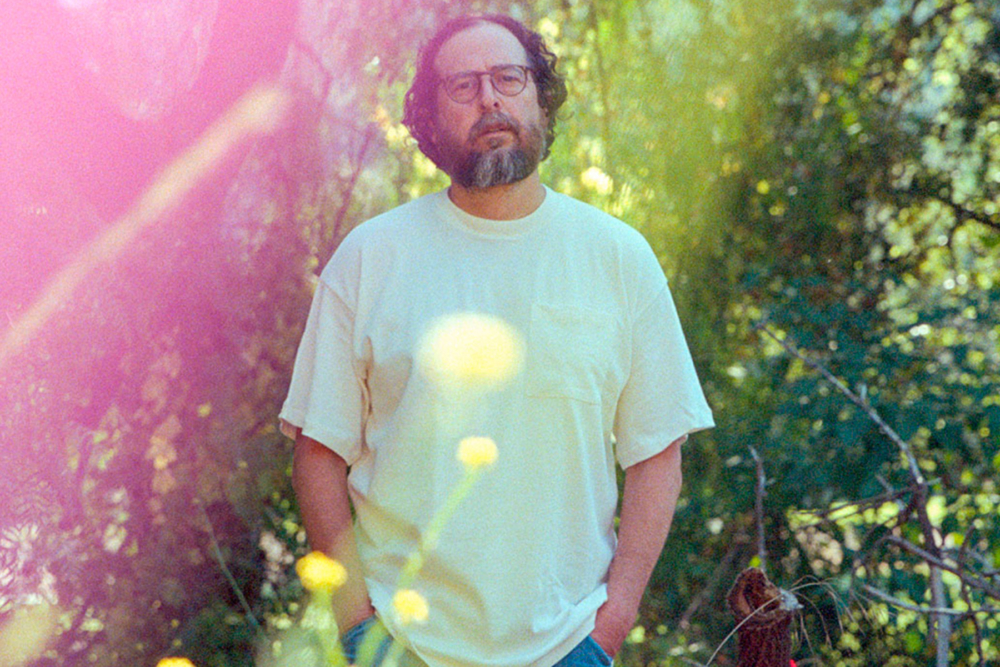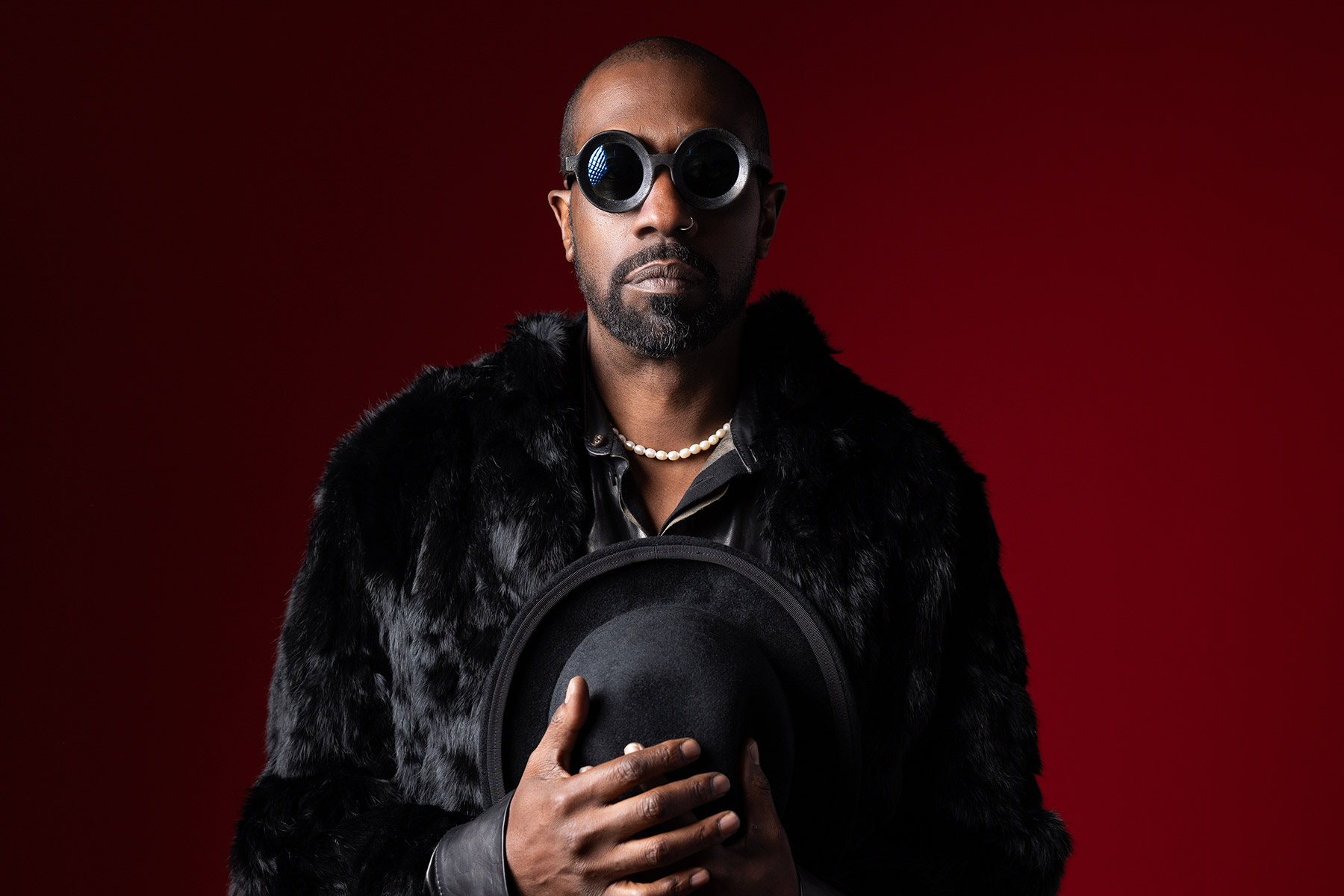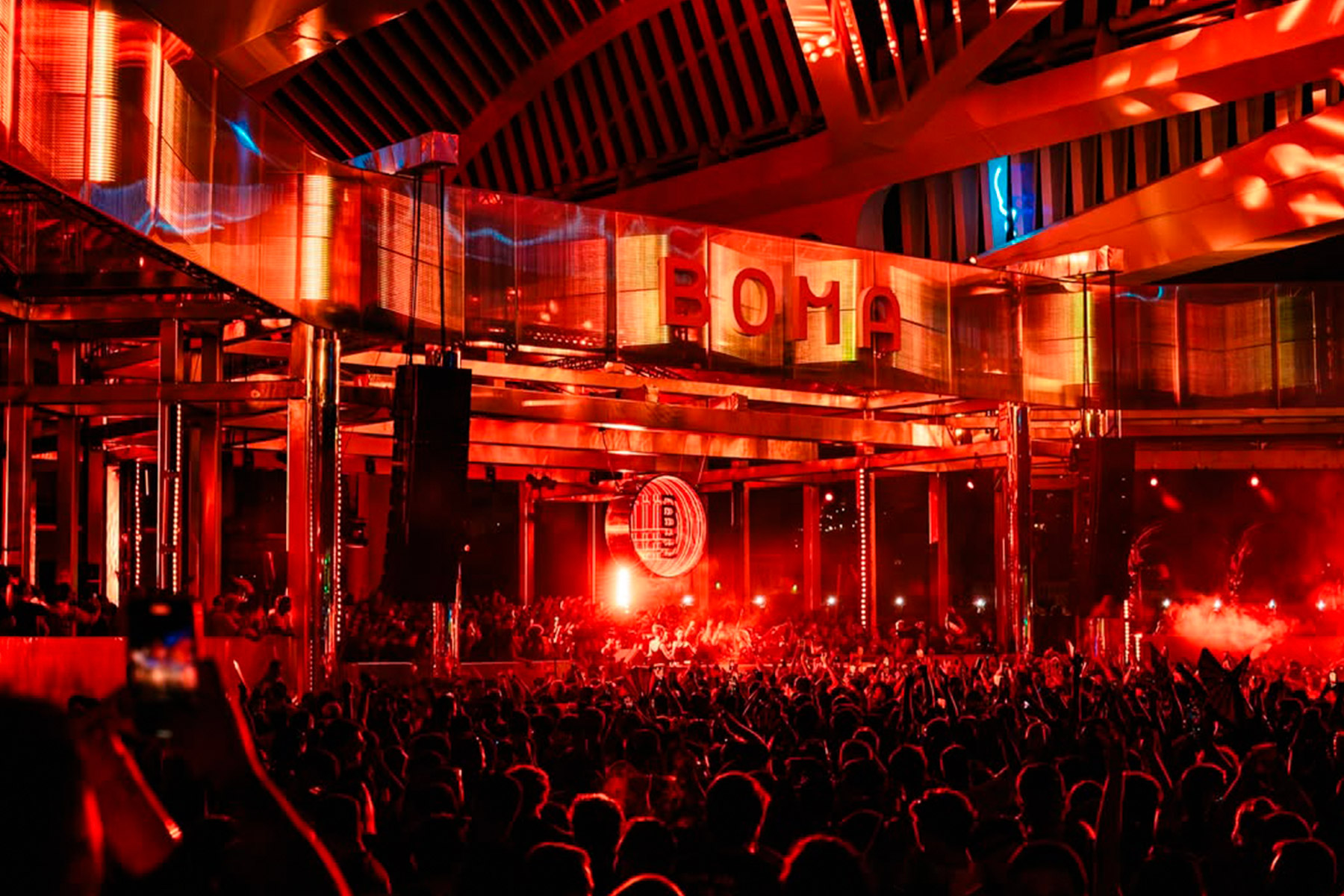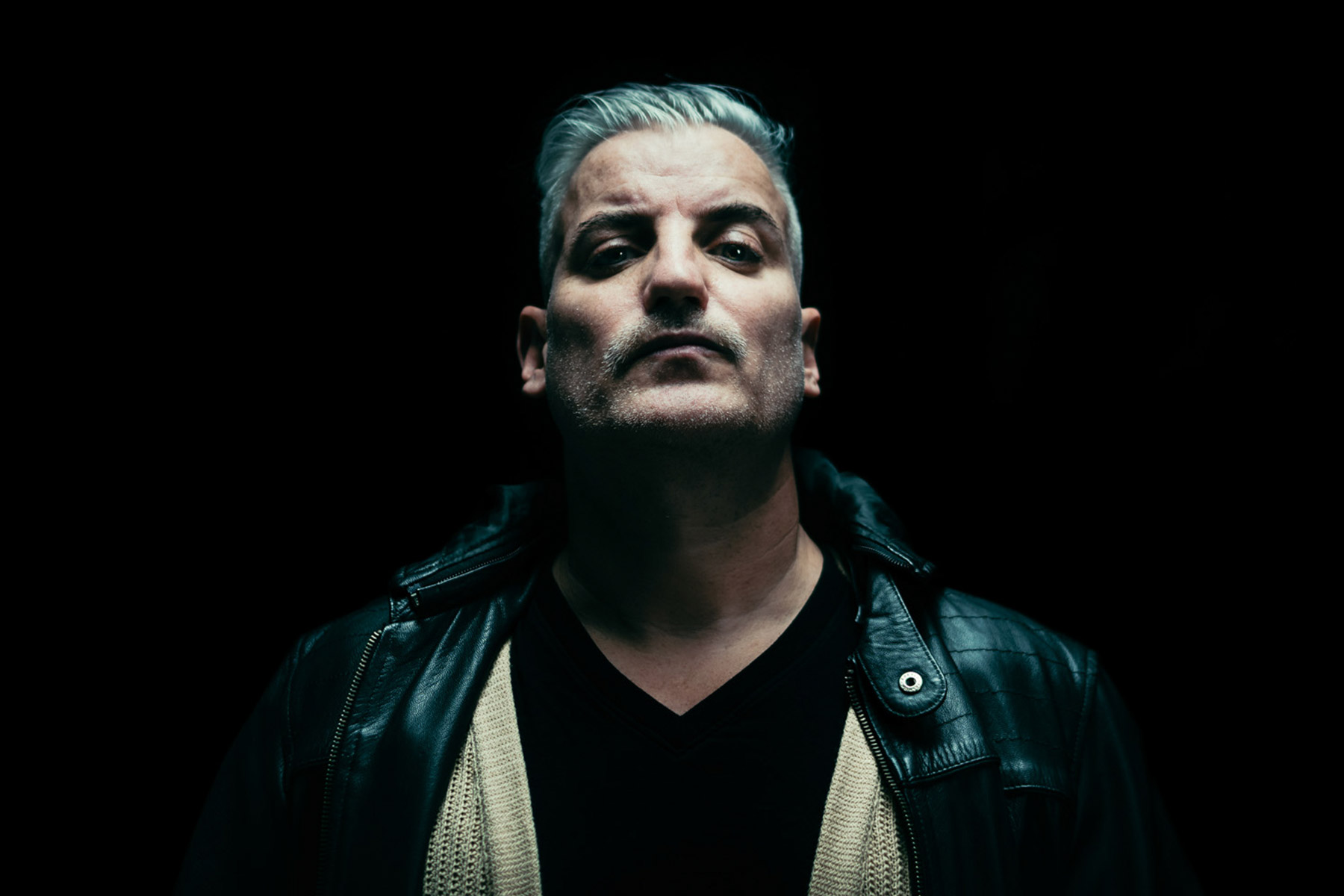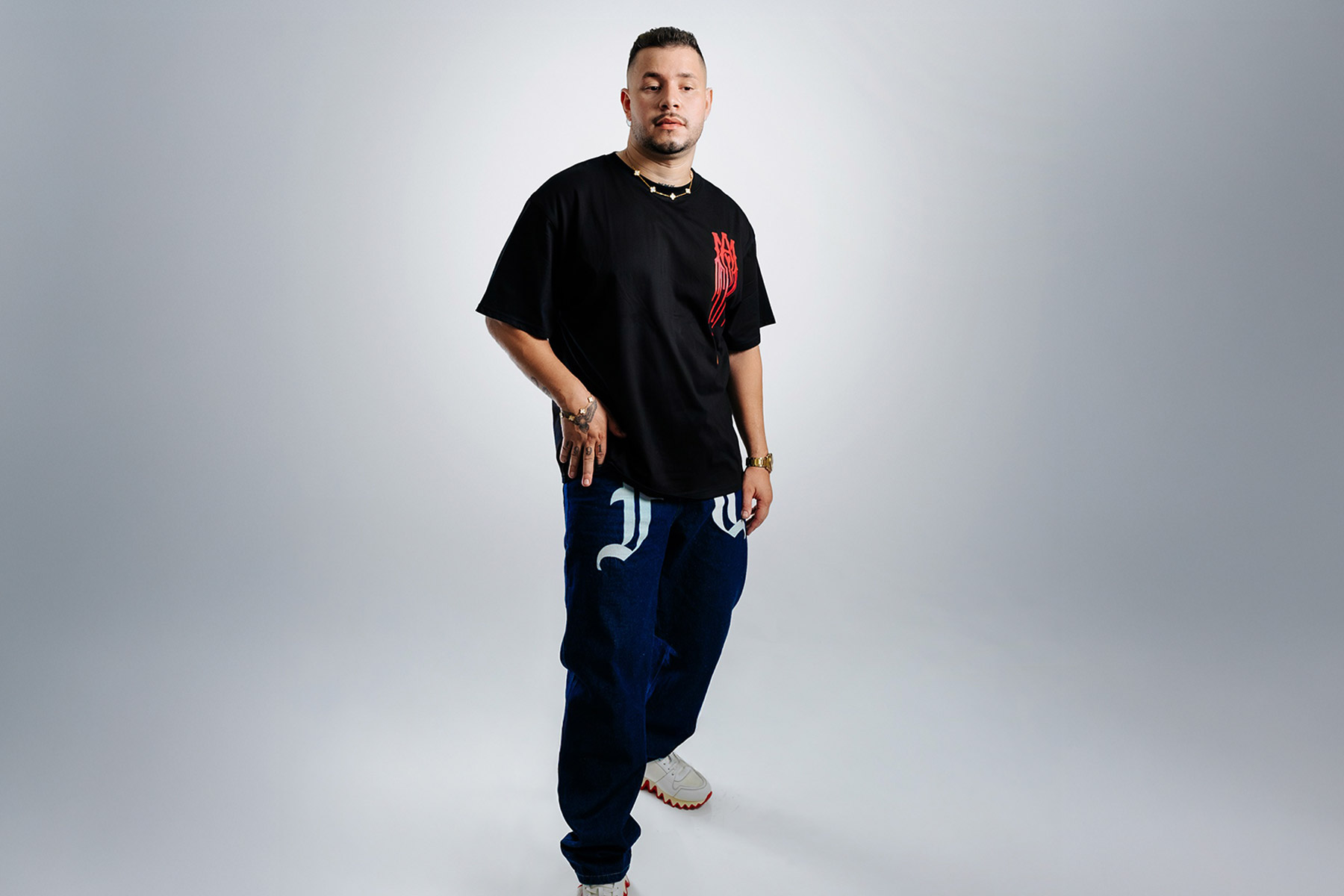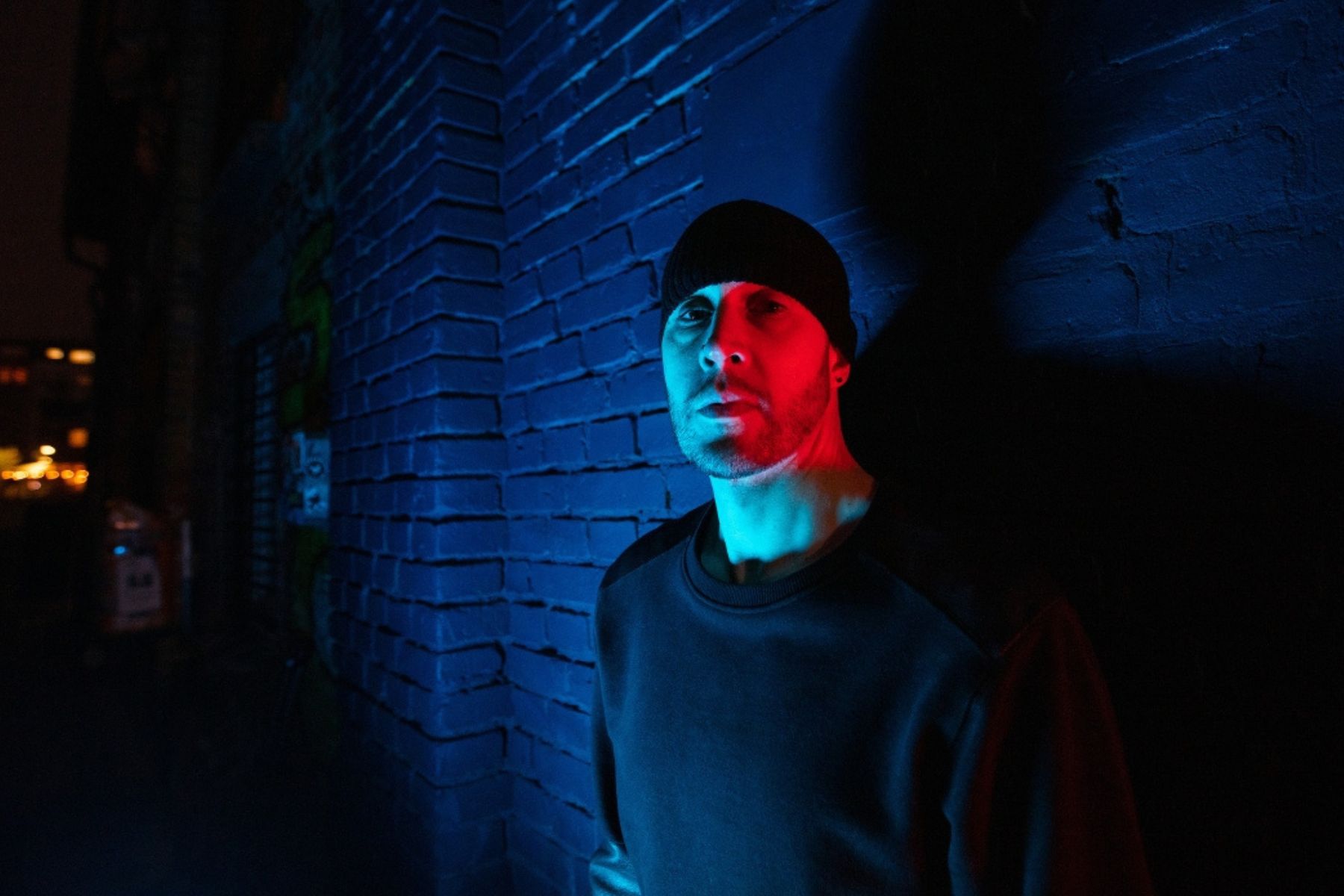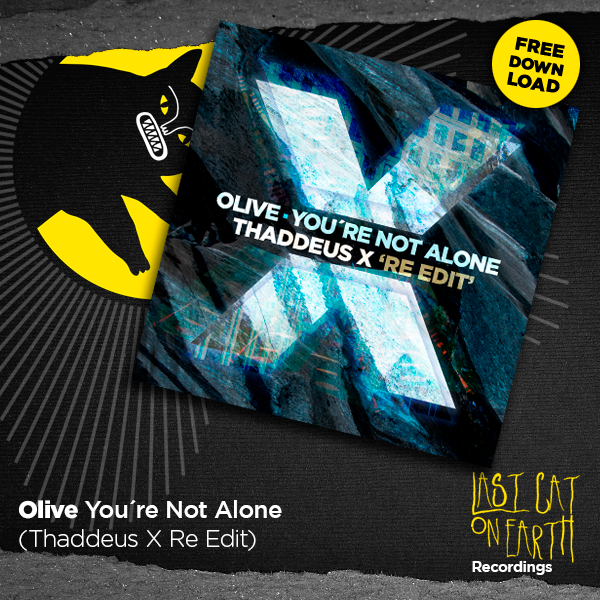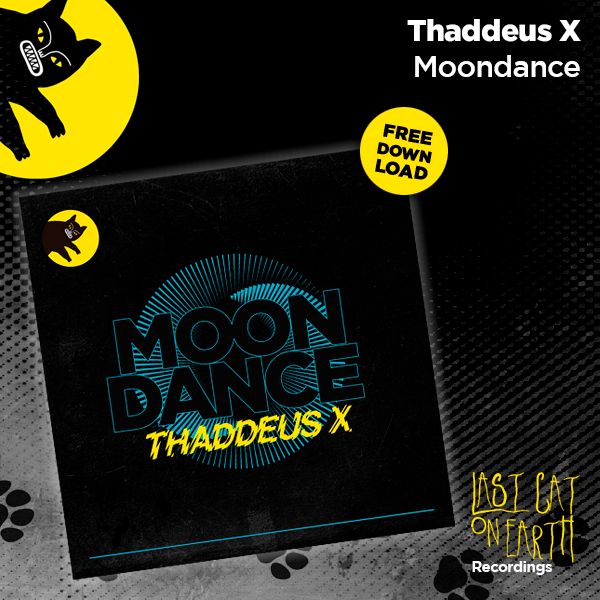Gregg Kowalsky’s music is a testament to his diverse experiences around the world. From his upbringing in South Florida to working at a record label in New York City, making music in Madrid and Barcelona, studying composition in Oakland, and teaching sound design in Los Angeles, Kowalsky’s musical career has been shaped by a rich tapestry of influences.
Photo credit: Gregg Kowalsky- Spotify
Having studied at Mills College in the Bay Area under legendary experimental composers, Kowalsky embarked on a recording career spanning over two decades. His compositions have ranged from pieces for large ensembles to film soundtracks, dance performances, and site-specific installations. Through his work, Kowalsky explores the power of electro-acoustic phenomena, creating mesmerizing and evocative songs.
Now, returning to Mexican Summer with his sophomore outing for the label, ‘Eso Es,’ Kowalsky delves into the world of FM synthesis and intricate MIDI data. Representing a significant creative leap, this album takes listeners on a hypnotic journey into his inner world. With a depth of emotiveness and vulnerability rarely encountered in electronic music, ‘Eso Es’ showcases the artist’s growth as a composer and his ability to push boundaries within the genre.
EG had the opportunity to chat with Gregg to delve into his most recent creation, along with his upcoming ventures and undertakings.
EG: Hi Gregg! Welcome to EG. It’s a pleasure to have you here with us. How have you been? Where are you right now?
Gregg Kowalsky: Pleasure to be here. I’ve been doing well, busy ramping up to the release date and preparing for upcoming shows. I’m home in Highland Park, Los Angeles where the album was mixed.
EG: First of all, congratulations on the release of your new album ‘Eso Es’! You must be very excited to finally share this one. What has the initial reception been like so far?
Gregg Kowalsky: Very excited is an understatement, mainly because of how hard it was to get started working on it. I’m happy with the feedback I received. I think people are always surprised when I put out new music because I seem to do so every 5 years. The release of the first single was cathartic for this reason.
SEG: So, what’s ‘Eso Es’ all about? Is there a concept or thread interconnecting these 7 tracks? What can your fans expect to find on ‘Eso Es’?
Gregg Kowalsky: I started developing the album after relocating to Miami, Florida where I grew up to ride out the pandemic in 2020. It was such a tumultuous time in the United States and the world, but especially the US because of the political discourse, police brutality, racism, and the environment all came together at the same time. It was overwhelming, and I remember thinking to myself, “This is it, we have to get our shit together and heal. It’s now or never.” “This is it” felt so appropriate for an album title and statement, but I also remember thinking of the Spanish translation from my years living in Barcelona. “Eso Es”. Phonetically, was also appropriate for how I was feeling at the time. I think what connects the tracks is the emotional tone of music that runs through all of them. Also, the process I used to make the music helped create the cohesion I look for between tracks on an album.
EG: This is your first drop since 2017’s ‘L’Orange L’Orange’. In what ways have you grown as a musician and producer since? How would you say ‘Eso Es’ compares to your previous album?
Gregg Kowalsky: I spent a couple of years experimenting because I knew I wanted to develop a new process of composing after ‘L’Orange, L’Orange.’ That album was the exit point with a process I had been using for a decade. So, I searched for a new process and it fell into my lap years later. I also grow between albums because I’m always seeking new ways to approach composing. For ‘Eso Es’, I used MIDI data that I extracted from audio to MIDI conversion software, but rather than feed a traditional baseline, I fed complex synth patches into it, which confused the software, so it would generate thousands of MIDI notes that maintain the shape and melody of the synth patch, and this was really exciting because I knew I found what I was looking for, non-traditional means of using software through experimentation, never knowing what I would get. It was also a surprise. I think no matter what method or instrumentation I use to compose music, there is always a warm sound with a subtle vulnerability that seems to find its way into all the music I create. That’s the main connection between ‘L’Orange, L’Orange’ and ‘Eso Es.’
“Eso Es”. Phonetically, was also appropriate for how I was feeling at the time. I think what connects the tracks is the emotional tone of music that runs through all of them”
EG: The process and structure throughout ‘Eso Es’ were both developed responsively, in real-time, right? Why was this important to you?
Gregg Kowalsky: They were developed responsively in that the tracks would go in the direction that the MIDI data pointed it. I was responding to that process by chance. I followed its lead. So, not so much real-time, though most of the music in the past was creating real-time mixes of electronic and acoustic sources, which lent itself to have more freedom when performing. Responding to the MIDI data was exciting because I never quite knew what I was going to get. That said, because I used phrases I recorded on a sequencer, this music has more structure than any of my past ambient and drone material that was more about the freedom of my internal clock and pacing.
EG: How did you know when a certain piece was “done”? Where does the horizon lie in experimental electronic music?
Gregg Kowalsky: When I kept stacking layers of DX7 patches, even though the track was “there”. Things would get messy, so it was usually clear to me when a track was finished. Part of the fun for me was also choosing which DX7 patch I was going to use for each layer. So, when I started spending too much time doing that, the track was more or less finished. There were 2 tracks I really wanted to put on the album but couldn’t figure out an ending. If I use the general structure of beginning, middle, and end, a track is finished when all three phases are written to keep it simple. Sometimes I would have a great intro and outro, but no middle section to flesh out, so I would start working on other tracks and come back to it. That almost always works; stepping away and revisiting. I’m not a perfectionist, in fact, mistakes often remain if they are not egregious. I like using analog synths because they are not perfect. Digital audio sounds sterile to me at times, so if a synth is misbehaving and it works, it stays.
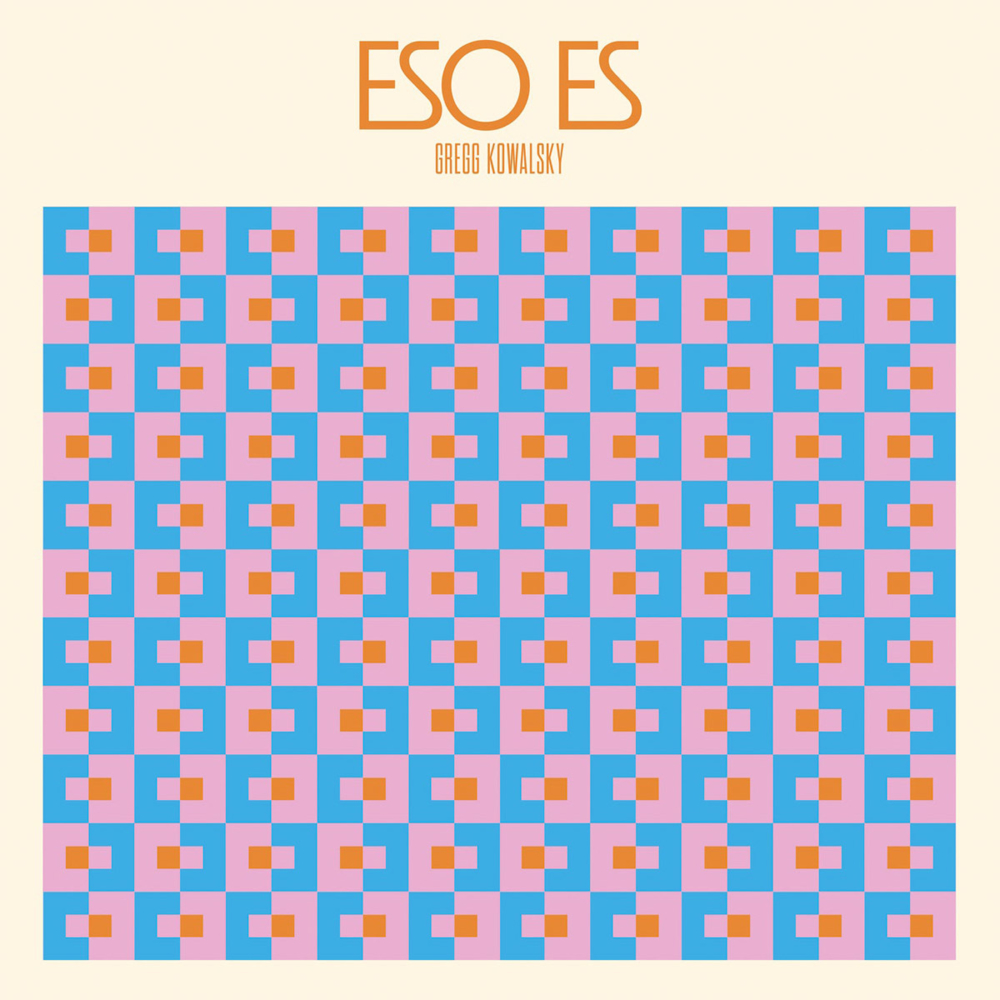
EG: Stepping outside of the studio for a bit… How do you feel about the way social media has impacted the chances of an artist “making it”? Does it feel like we’re selling way more than just music by now?
Gregg Kowalsky: That’s a great question. I teach music production for media, so I often get the question, “How do I get my music out there?” I’m fortunate that I started twenty years ago before content creation became king. The market is so inundated that standing out is almost impossible unless you have the infrastructure of a label behind you, and even then it’s much more difficult to find listeners than it used to be. At first, I thought social media was a great way to get your music out there as an independent artist. But now the algorithms control what we see and when we see it. I don’t know how much spending time on social media trying to get one’s music out impacts the amount of time they are able to spend actually making music. I do know that my phone has dramatically affected the number of books I read and the number of films I see, so there is something to that.
EG: By the way, what do you think about the current trend that has seen these larger-than-life visuals take center stage? Are they overwhelming the musical aspect instead of just “enhancing” the musical experience?
Gregg Kowalsky: I’ve always put thought into the performance presentation, especially if I’m using a laptop. Over the years, I’ve come up with alternative means of performing electronic music that function halfway between performance and installation, such as my piece Tape Chants, where I set up cassette tape players around a space and use tape loops on the cassettes and walk around turning all of the cassette players on for a lo-fi surround sound performance. I think it’s incumbent on electronic music producers and performances to factor in the audience’s perspective into the set. I’ve worked with experimental filmmakers who would perform real-time manipulation of Super-8 and 16mm films during my set. That said, over-the-top, sensory overload experiences can take away from the music a bit, but today, because of our shorter attention spans, perhaps that’s what we need to engage with the performance. I think there is a way to compromise between sensory overload and an engaging set, but it takes a lot of thought and experiments to find the zone. I’m selfish in that I need to be entertained as well while performing, and a solo laptop set doesn’t cut it for me.
“I think no matter what method or instrumentation I use to compose music, there is always a warm sound with a subtle vulnerability that seems to find its way into all the music I create”
EG: What’s next for Gregg Kowalsky? What new milestones are you looking forward to now?
Gregg Kowalsky: I’m working on setting up a European tour for the release, but beyond that, I’d like to get back to working with acoustic ensembles by scoring my electronic music for ensembles to perform. Something magical happens during this process that takes the composition and turns it into something unexpected and exciting.
EG: Thank you for your time, Gregg! We’re excited to see what’s in store for you. Take care!
Gregg Kowalsky’s ‘Eso Es’ LP is out now via Mexican Summer. Stream and download here.


